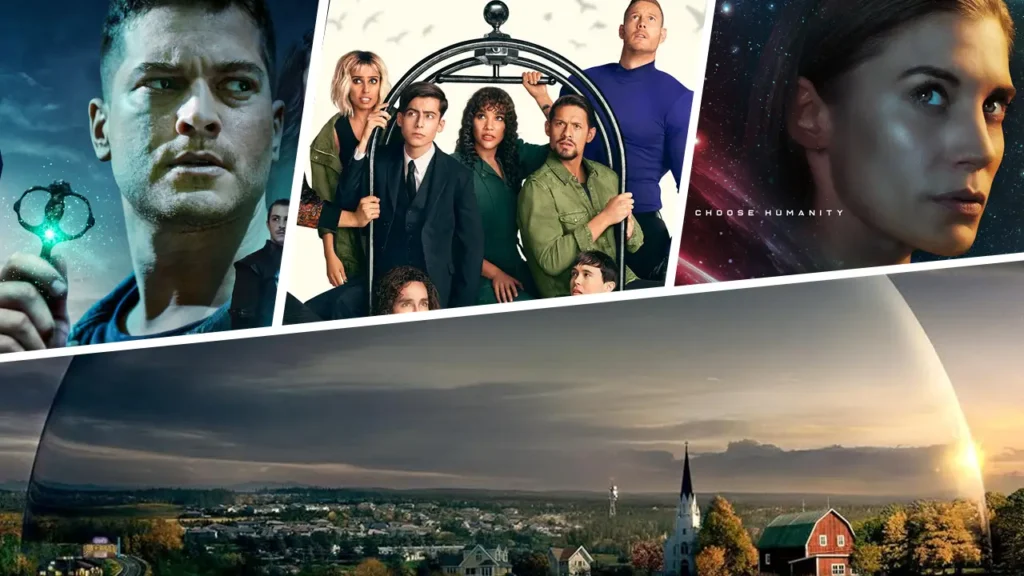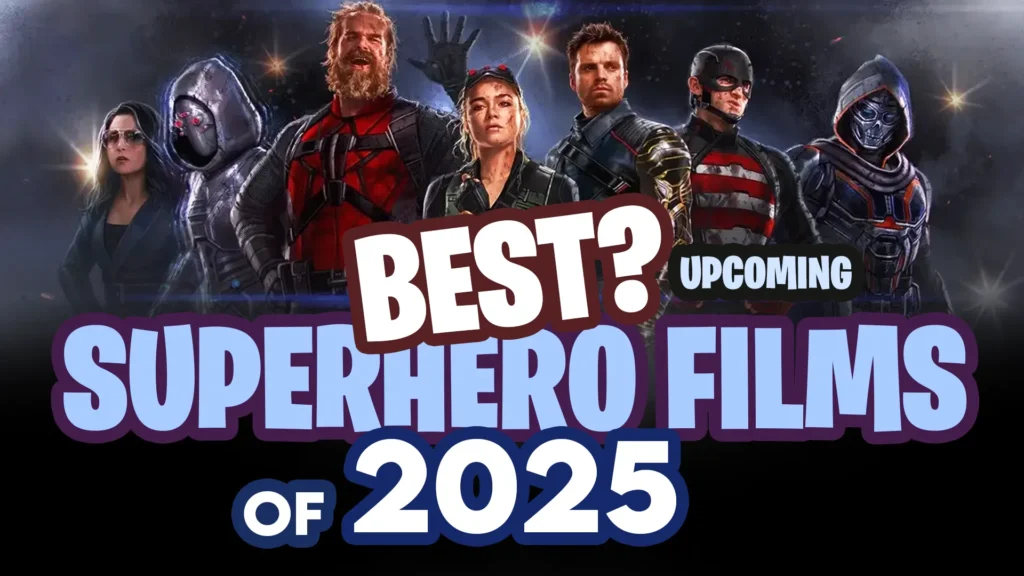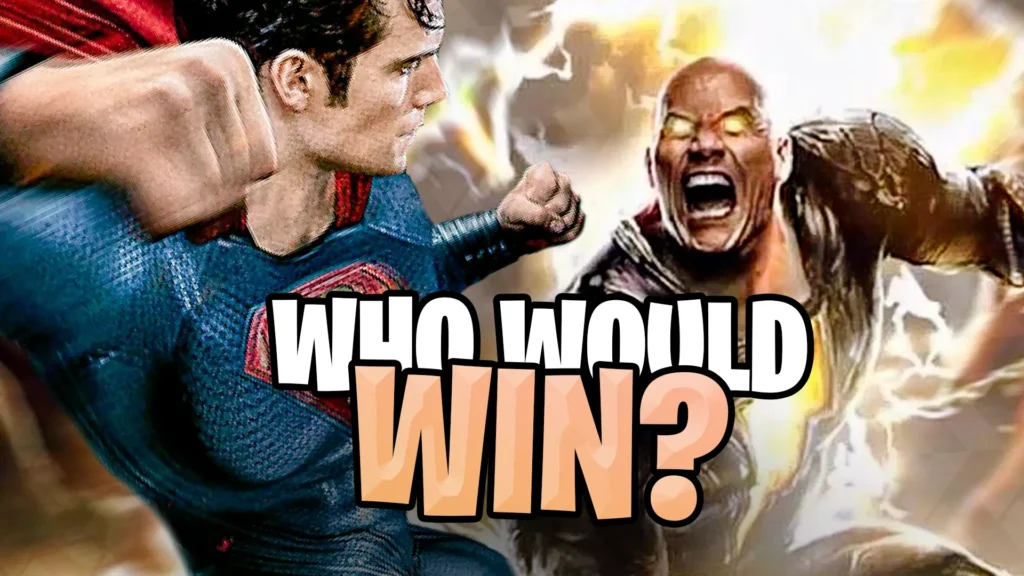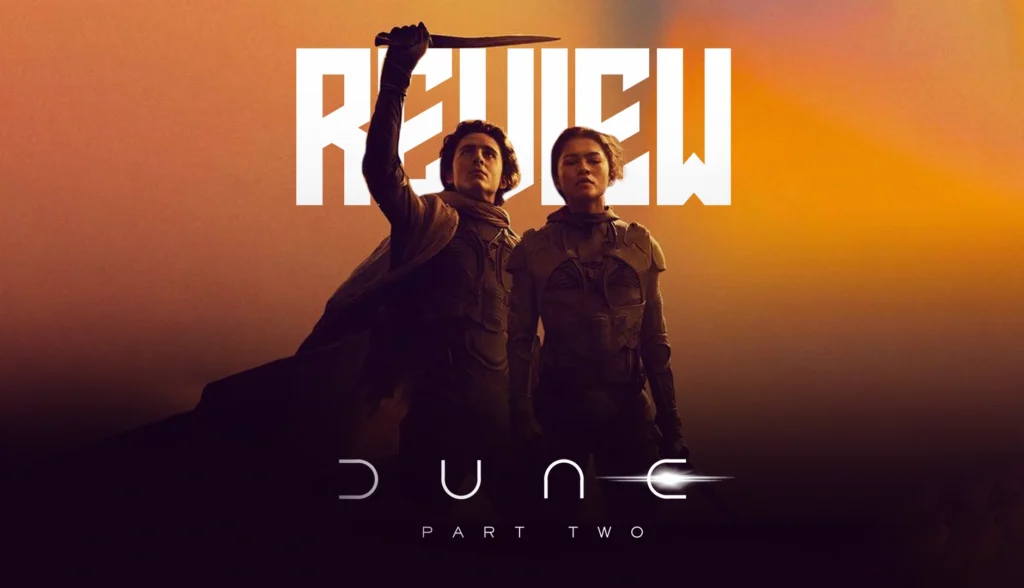How Black Adam Ended the DCEU
Dwayne The Rock Johnson is arguably one of the biggest movie stars on the face of the planet. However, even his charisma couldn’t save the sagging and lethargic DC Comics movie universe. In fact, the box office failure of Black Adam and The Rock’s behind-the-scenes maneuvering have essentially directly contributed to the fall of the DCEU.
History
Created by C.C. Beck and Otto Binder. First appearing in Marvel Family Number One in December of 1945, Black Adam has become a staple of the Captain Marvel universe. Originally created as a superpowered Egyptian antagonist for the Big Red Cheese, the character has evolved over the years to be a more morally gray, complex, and interesting opponent for the DC Universe as a whole.
Believe it or not, development on Black Adam as a feature film dates all the way back to the early 2000s, when New Line Cinema was developing a Shazam movie that would have featured Teth-Adam as the primary villain. Peter Segal, known for Tommy Boy and 50 First Dates, signed on to direct the film in April 2006.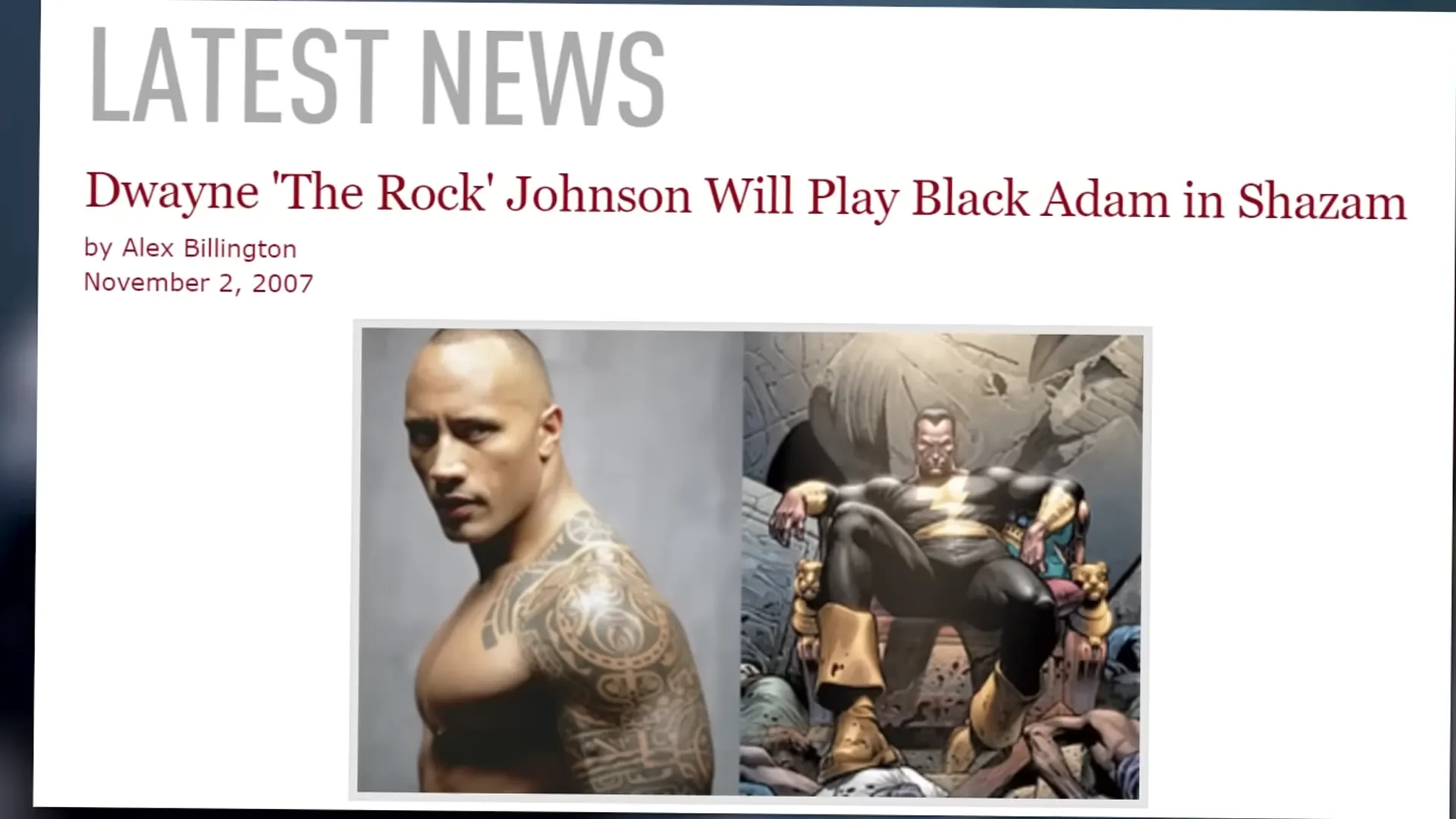
Development
While The Rock never officially signed on to this version of the project, rumors persisted that he would be involved. By 2009, the film had stalled out and run aground, but it would only be a few short years later, in April 2014, when The Rock would officially announce that he had signed onto the project in the role of the villain, Black Adam.
But here’s where things start to go south. In January 2017, The Rock asked to meet Geoff Johns, then one of the primary figures in the unfolding DCEU, about concerns with the Shazam script. To put it simply, The Rock felt like he had risen too dramatically in popularity since his initial 2009 circling of the project to become a villain in a superhero film. He wanted to be the star. He wanted Black Adam to be the star specifically, but the movie was about Captain Marvel. So there was only one option—remove Black Adam from the film, save him for a sequel down the line, and give him his own feature film to really explore the character’s motivations and complex history. And that’s exactly what the DC execs decided to do.
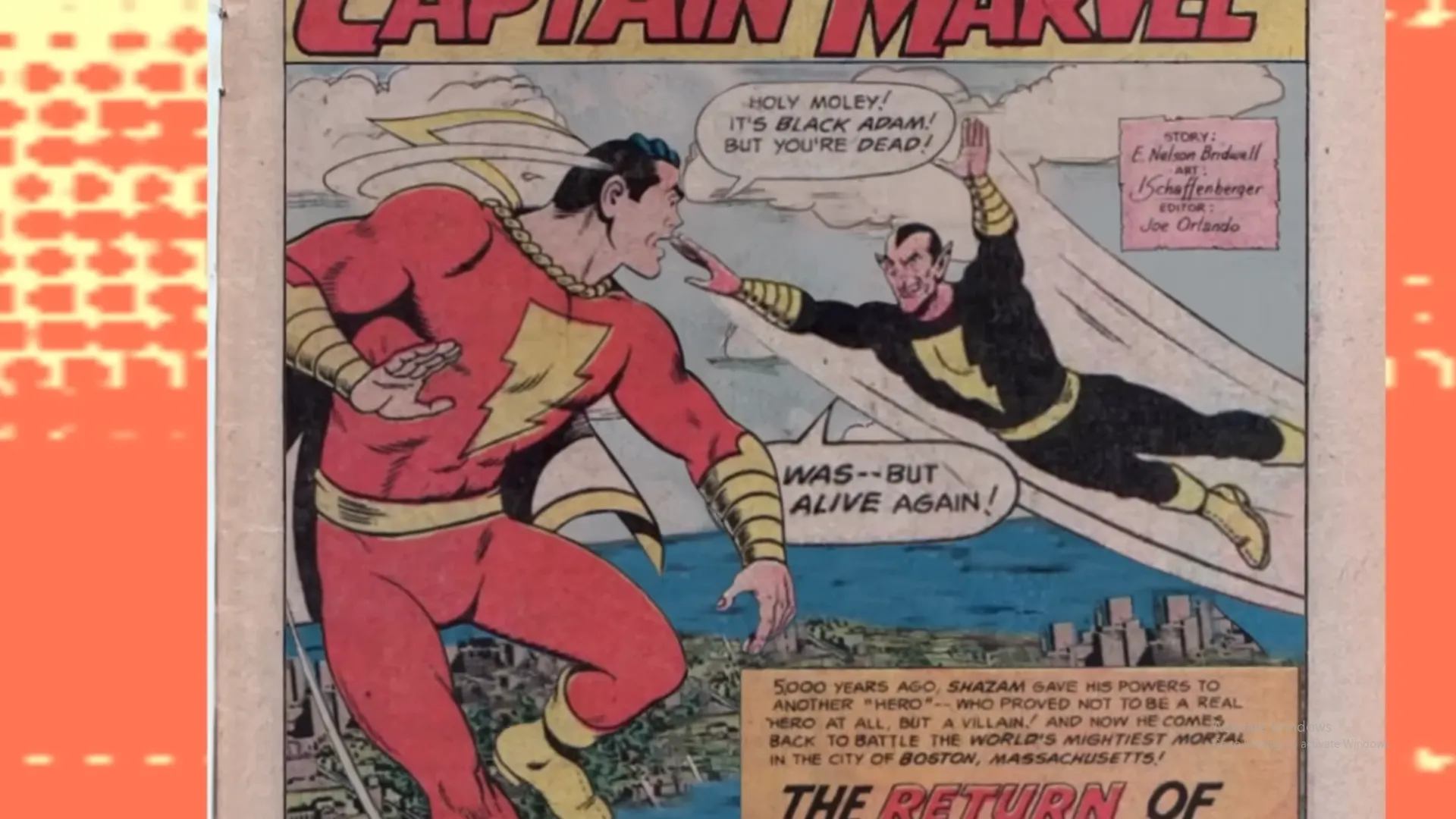 Not only is this a flawed idea on its surface in the context of making a good Shazam movie, but it’s also a major misstep when you’re trying to build a movie universe of interconnected characters. Black Adam is the main villain for Captain Marvel. It’s like trying to build a movie universe around the X-Men, but saving Magneto for his own film. Your characters are never tested, never forced to develop and grow. A hero is only as good as his dark mirror reflection, and a film should tell the story of how your hero is tested beyond anything in their wildest dreams. They should be pushed to the brink and challenged so that their character arc over the course of the two hours feels like it’s earned.
Not only is this a flawed idea on its surface in the context of making a good Shazam movie, but it’s also a major misstep when you’re trying to build a movie universe of interconnected characters. Black Adam is the main villain for Captain Marvel. It’s like trying to build a movie universe around the X-Men, but saving Magneto for his own film. Your characters are never tested, never forced to develop and grow. A hero is only as good as his dark mirror reflection, and a film should tell the story of how your hero is tested beyond anything in their wildest dreams. They should be pushed to the brink and challenged so that their character arc over the course of the two hours feels like it’s earned.
The Film
So now that the long-gestating Black Adam film has finally been released, has Dwayne Johnson changed the hierarchy of power in the DCEU? No, not particularly. What he did was produce, creatively shepherd, and star in a pretty mediocre superhero movie that’s more notable for its behind-the-scenes journey than for anything it actually put on screen.
The film itself centers on the fictional nation of Kahndaq, which has been invaded by a colonial force named Intergang that is strip-mining the country of its natural resources and cultural heritage. We follow a small group of well-meaning archaeologists as they attempt to find a mystical crown. They’re racing against the clock to locate it before Intergang can get their hands on it when they’re saved by an ancient warrior named Teth-Adam. He’s cool, brooding, and, thanks to a backstory that has a surprise twist you can see coming from 75 miles away, now also has the power of Shazam.
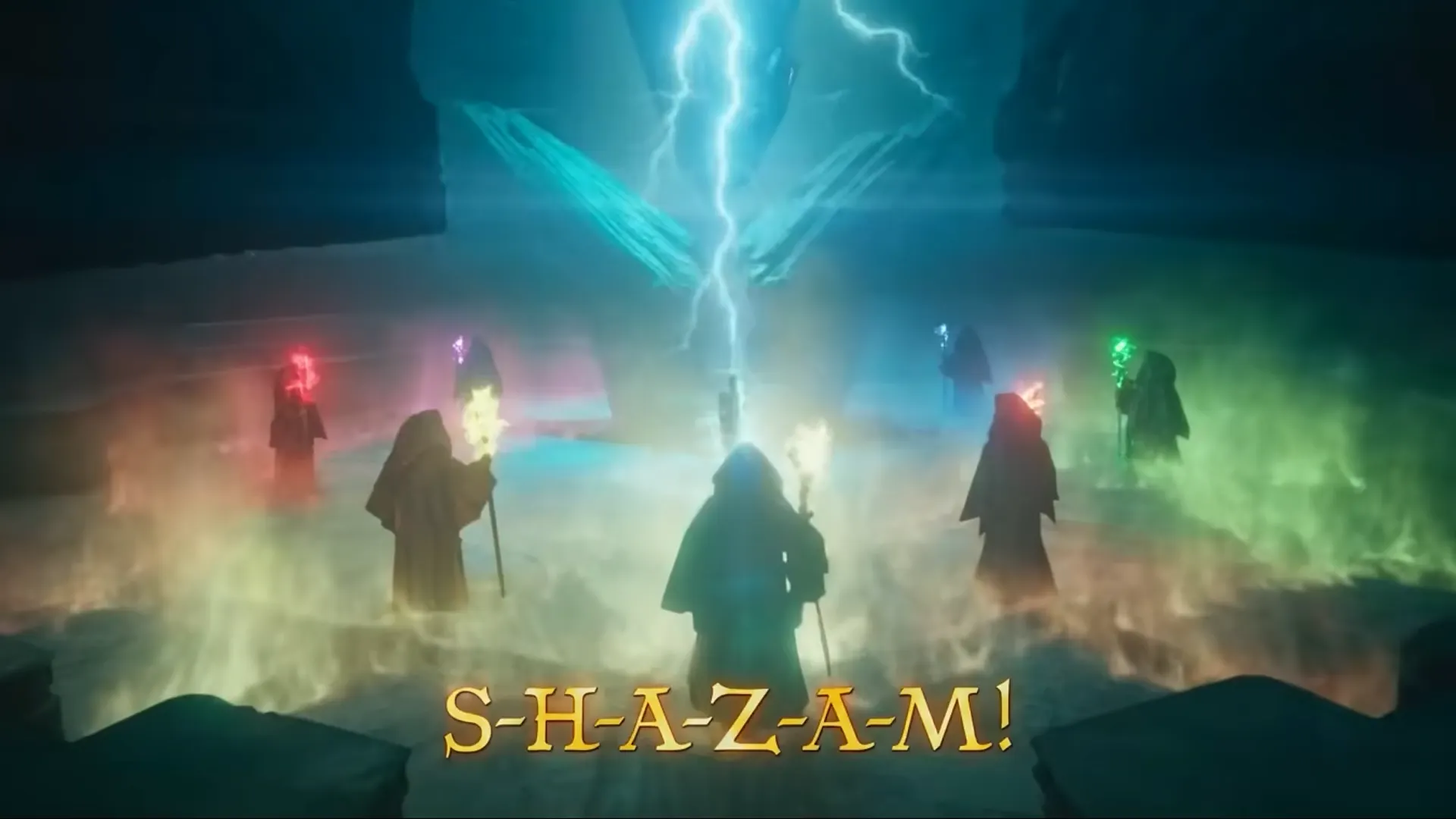 Overall, paper-thin characterization, needlessly omnipresent slow-mo, and The Rock’s obvious insistence that every line he says be either a one-liner or a trailer-worthy retort leave the film a completely forgettable slog that cost roughly $260 million before marketing. The film does such a disservice to beloved characters like Dr. Fate, Hawkman, and Black Adam that it never even connects the fact that all of them share origins in ancient Egypt and Egyptian-influenced cultures.
Overall, paper-thin characterization, needlessly omnipresent slow-mo, and The Rock’s obvious insistence that every line he says be either a one-liner or a trailer-worthy retort leave the film a completely forgettable slog that cost roughly $260 million before marketing. The film does such a disservice to beloved characters like Dr. Fate, Hawkman, and Black Adam that it never even connects the fact that all of them share origins in ancient Egypt and Egyptian-influenced cultures.
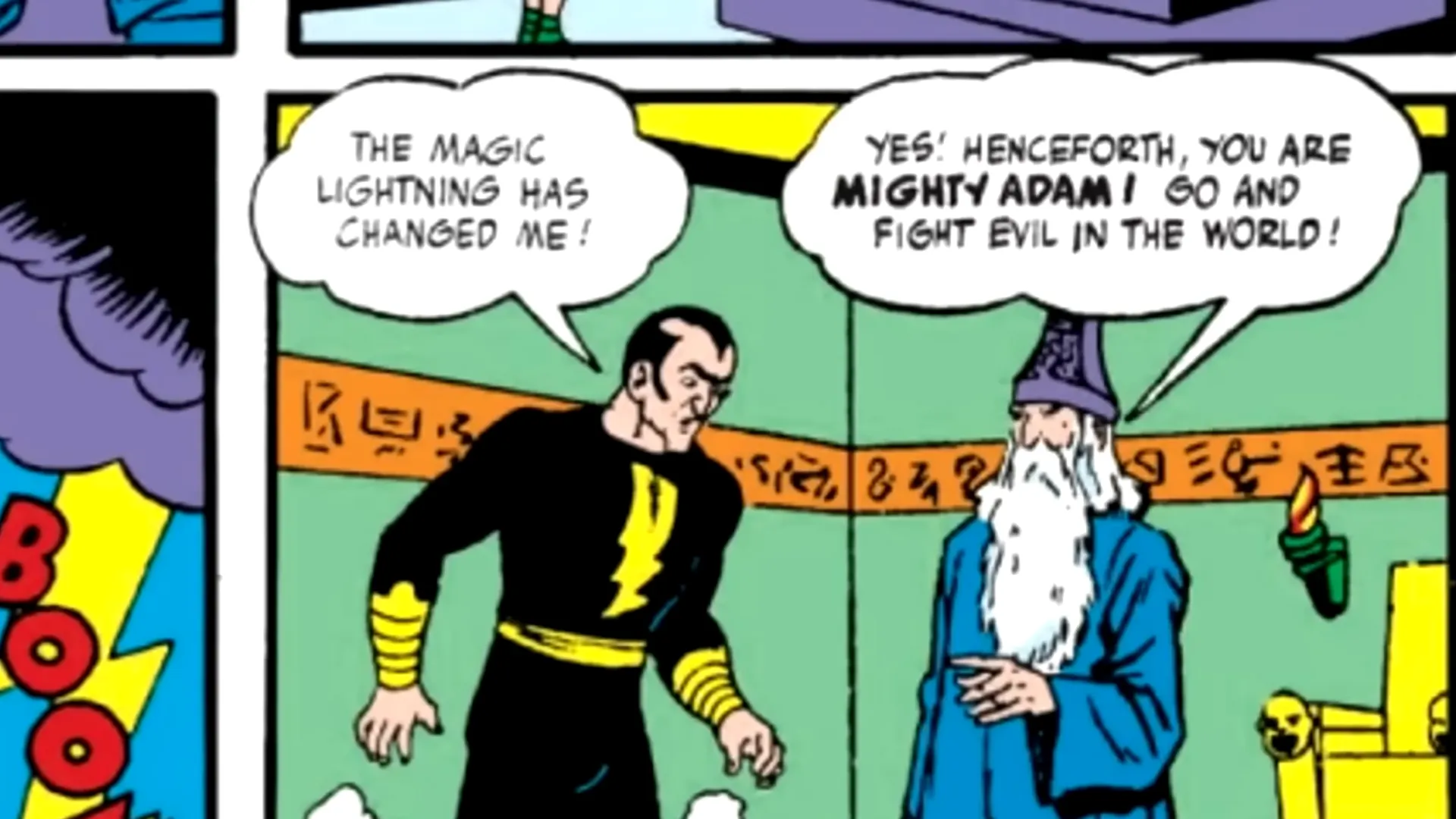 From the jump, the film’s marketing leaned into its connections to the broader DCEU as a whole, literally starting with clips from Justice League. In the lead-up to the film’s release, The Rock went on a tear, all but confirming that Henry Cavill would cameo in the project as Superman. But even the return of Superman and a proper announcement from the man himself stating that he would return soon in Man of Steel 2 was not enough to score Black Adam a major win at the box office.
From the jump, the film’s marketing leaned into its connections to the broader DCEU as a whole, literally starting with clips from Justice League. In the lead-up to the film’s release, The Rock went on a tear, all but confirming that Henry Cavill would cameo in the project as Superman. But even the return of Superman and a proper announcement from the man himself stating that he would return soon in Man of Steel 2 was not enough to score Black Adam a major win at the box office.
And here’s where things start to get even more dicey. The Hollywood Reporter debuted a story announcing that David Zaslav had selected two people to fill the Kevin Feige role at DC—James Gunn and Peter Safran. In the following weeks, it became very clear that Gunn and Safran were going to be cleaning house, reshaping the DC Comics movie universe, and possibly even abandoning many of the successful remnants of the initial phases of the DCEU. Gunn and Safran have opted to not pursue Wonder Woman 3, despite Patty Jenkins and Geoff Johns turning in a fresh outline. They’ve opted to cancel a purported Batman Beyond movie, and they’ve opted to not bring Henry Cavill back for Man of Steel 2, despite his end-credits appearance in Black Adam.
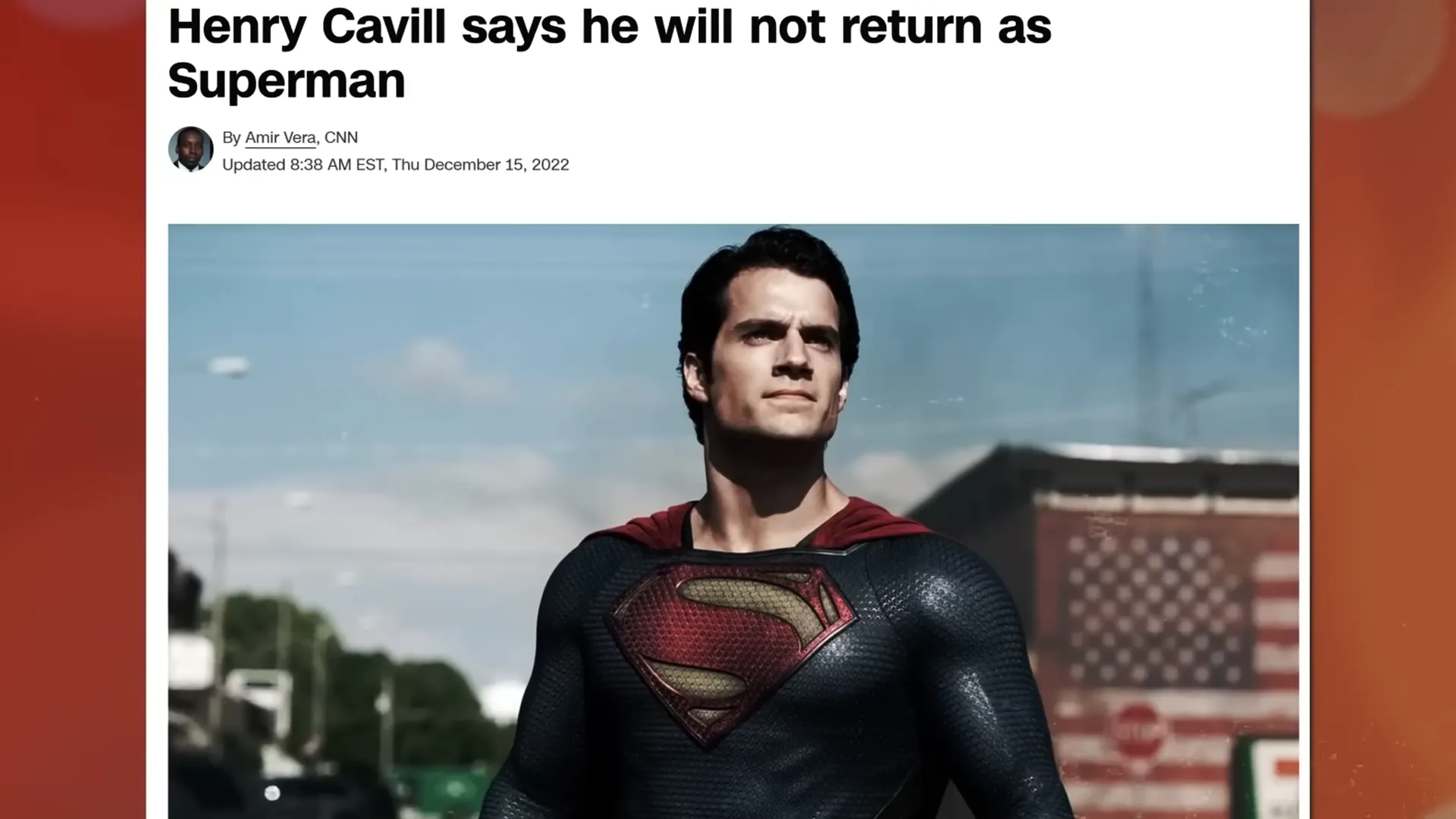 From the outside, it looks like Black Adam was the death knell of the DC Comics Cinematic Extended Universe. It’s pretty clear that from a corporate position, they’re going to pivot to focusing on the marquee branded name characters like the Trinity and Flash, and that post-Flash, which is going to act like a crossover event and set a new status quo, they’re going to start building out a new DCU with a cohesive plan.
From the outside, it looks like Black Adam was the death knell of the DC Comics Cinematic Extended Universe. It’s pretty clear that from a corporate position, they’re going to pivot to focusing on the marquee branded name characters like the Trinity and Flash, and that post-Flash, which is going to act like a crossover event and set a new status quo, they’re going to start building out a new DCU with a cohesive plan.
So what will ultimately happen with Flash, Aquaman 2, and the other odds and ends that are holdovers from the DCEU? Black Adam seems like the concrete evidence that David Zaslav and the other DC execs were looking for—stop putting resources into characters that aren’t universally known. Focus on building out a cohesive universe first and foremost, and keep the levers of power inside the DC corporate hierarchy.
For the newly reborn DC movie universe to succeed, they need people who are willing to play ball and focus on growing the brand of the universe as a whole.  Look at how Robert Downey Jr. serviced the MCU. He appeared in cameo after cameo in order to bolster the burgeoning universe. And at the end of the day, he was rewarded handsomely for his efforts. It’s fair to say that The Rock’s ego played a large part in how the rollout for Black Adam was handled and was a substantial element in the project’s failure to connect with audiences.
Look at how Robert Downey Jr. serviced the MCU. He appeared in cameo after cameo in order to bolster the burgeoning universe. And at the end of the day, he was rewarded handsomely for his efforts. It’s fair to say that The Rock’s ego played a large part in how the rollout for Black Adam was handled and was a substantial element in the project’s failure to connect with audiences.
Going forward, the new DC Cinematic Universe needs to be rooted in a commitment to the characters first and foremost. That’s how you get audiences to fall in love with them. And that’s how you build an overarching universe a lesson the comics learned a long time ago.
And that’s all i have for you. So what do you think? Will we see The Rock in phase two of the newly rebooted DC Universe?


